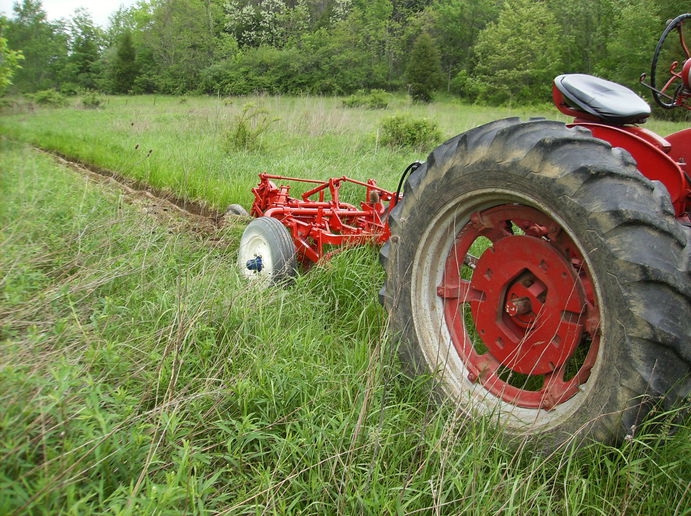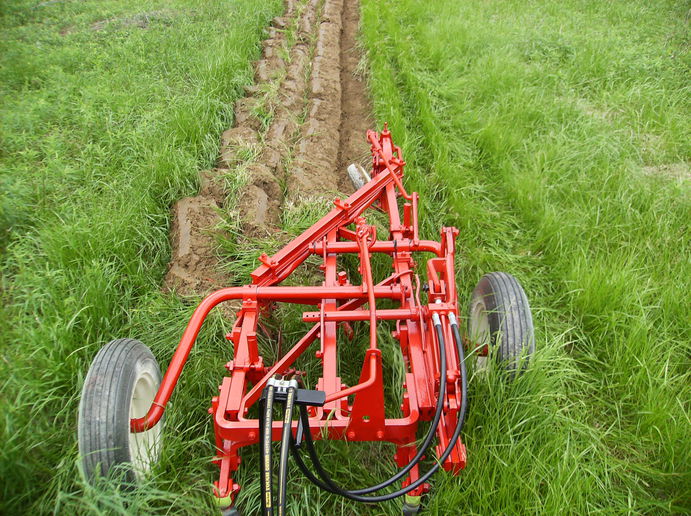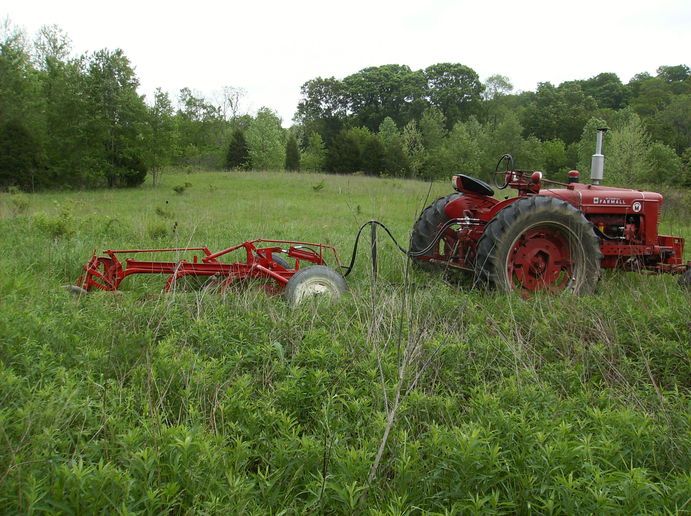mike1972chev
Well-known Member
Hey,me AGAIN!
Getting closer to plow day here in Indiana.Is anyone on here going to the IHC chapter#7 event in October in Bunker Hill???
I have been reading my IH manual on my #16 McCormick plow.It seems like a REAL "geometry test" trying to figure it all out.I must be stupid,or something?
I know EVRYONE out there has their OWN take on how to set up a trailer plow.But from what I understand,I should be pulling on the centerline of the tractor to the centerline of the plow.
Adjusting the furrow wheel.I am thinking the inside of the furrow wheel should be in line with the inside of the furrow wheel on the plow?
(BTW,do I need to set my FRONT wheel on my wide front end to match my rear furrow wheel on my tractor???)
The furrow wheel should be to the outside edge of the heel of the first plowshare,as well???(Setting up the next row??)
I just REALLY want to learn what I am doing here!! I DO NOT like NOT knowing what I am doing!



Getting closer to plow day here in Indiana.Is anyone on here going to the IHC chapter#7 event in October in Bunker Hill???
I have been reading my IH manual on my #16 McCormick plow.It seems like a REAL "geometry test" trying to figure it all out.I must be stupid,or something?
I know EVRYONE out there has their OWN take on how to set up a trailer plow.But from what I understand,I should be pulling on the centerline of the tractor to the centerline of the plow.
Adjusting the furrow wheel.I am thinking the inside of the furrow wheel should be in line with the inside of the furrow wheel on the plow?
(BTW,do I need to set my FRONT wheel on my wide front end to match my rear furrow wheel on my tractor???)
The furrow wheel should be to the outside edge of the heel of the first plowshare,as well???(Setting up the next row??)
I just REALLY want to learn what I am doing here!! I DO NOT like NOT knowing what I am doing!





